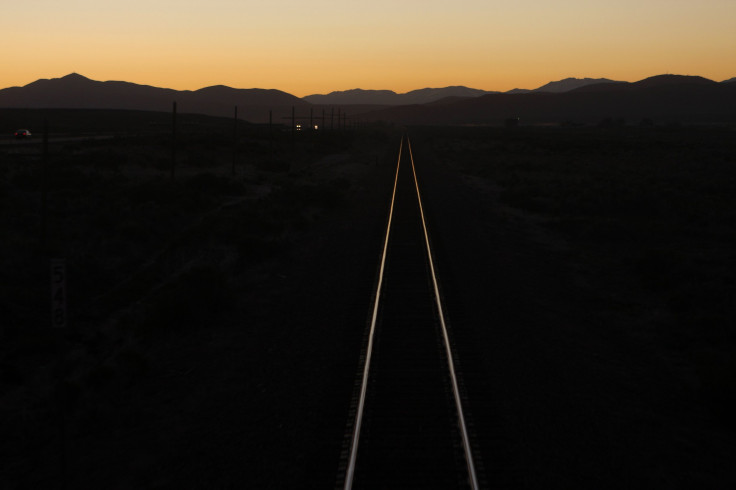Amtrak Derailment: Federal Regulator Calls For Speed Controls, Warning Signs

The U.S. Federal Railroad Administration released a set of recommendations on Monday, urging commuter rail lines to adjust their automated control systems to limit the speed of trains around sharp bends, after a spate of accidents brought the issue of train safety into the spotlight.
The safety advisory, issued for the country’s 28 commuter railroads, is the administration's latest step to address rail safety concerns after last month's train derailment in Philadelphia caused a national outcry, the Associated Press reported.
In the May 12 Amtrak derailment, which killed eight people and injured over 200, the New York-bound train was found to be traveling at 106 miles per hour at a sharp bend, more than twice the speed limit at curves.
The safety advisory recommended that railroads add more warning signs about speeding on tracks. It added that in situations where automatic control isn’t available, the train crew should have an additional member who would be responsible for maintaining safe speeds along the route, keeping constant contact with the engineer.
The advisory, which was directed at Amtrak, is similar to the one issued to the Metro-North line after one of its trains was derailed in the Bronx in December 2013. The derailment, which killed four and wounded dozens, was found to have occurred because the train was speeding at 82 miles per hour -- nearly three times the permitted speed -- as it approached one of the sharpest curves on the line. After the incident, the Metropolitan Transit Authority changed the rail line’s signals to prevent excessive speeding at five turns and five movable bridges.
Federal Railroad Administration's Acting Administrator Sarah Feinberg told a congressional committee last week that the regulatory body was taking a series of actions to address rail safety. However, it was being held up with emergency orders related to specific situations that prevented it from offering wide-ranging solutions, she said.
“As regulators we have very few tools, and the tools that we have are sometimes blunt instruments,” Feinberg had said at the hearing, according to the Wall Street Journal.
The country’s rail lines have until the end of the year to enact new rail safety laws, known as positive rail control (PTC), introduced by the Congress in 2008. But many are reportedly expected to miss the Dec. 31 deadline.
The recent crashes have also drawn attention to the infrastructure of U.S. railroads, which have been criticized for lack of funding and poor service. After the May crash, President Barack Obama called for increased spending to maintain the service’s safety record.
“We are a growing country with a growing economy. We need to invest in the infrastructure that keeps us that way,” Obama had reportedly said at a press conference. “That’s what great nations do.”
© Copyright IBTimes 2025. All rights reserved.





















